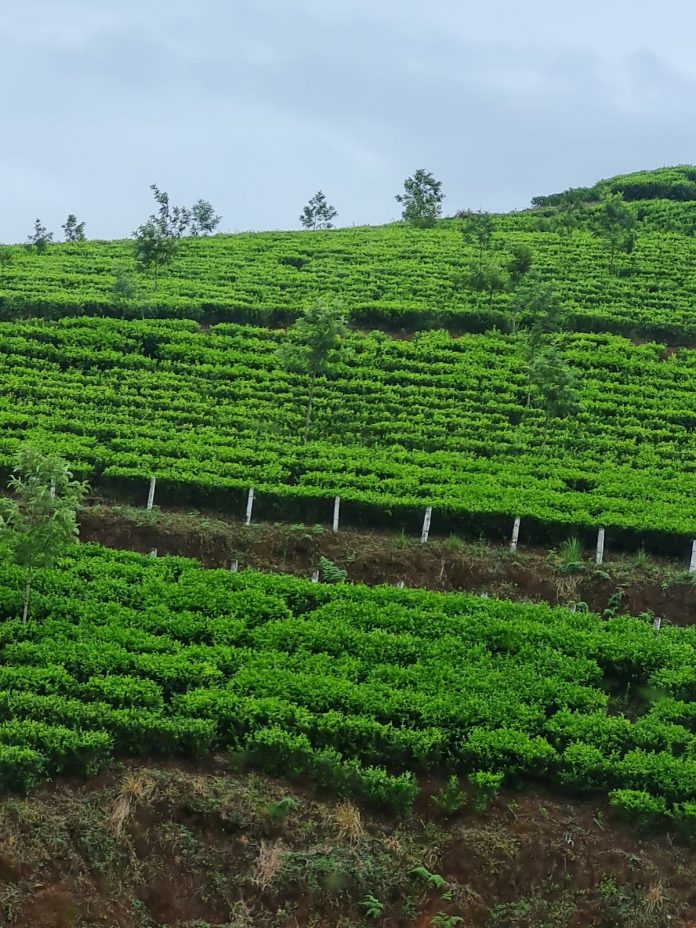Camellia Sinensis sounds so exotic. So does Shennong sound very alien and heritage. Then we have some eclectic acronyms like OP, BOP, FOP, GFOP, TGFOP, FBOP and many such quizzical sounding ones. There are more intriguing ones like Pu’er, Oolong, Rooibos, Sancha, Matcha, Sencha, Suochong, Gyokura.
If I were to randomly quiz around about these, I am fairly certain that most will not have an answer nor any idea. To give a clue, they all have a common vein running through them and have been satiating the buds of the world palate and fuelling the daily charcha of our own people.
Yes, Camellia Sinensis is nothing but the botanical name of the ubiquitous tea or chai that we all love to quaff many a day. Is it any wonder that our country’s Pradhan Mantri, a branding expert nonpareil, chose to name his weekly interaction with the Bharatiya praja and jana as ‘Chai pe Charcha’.
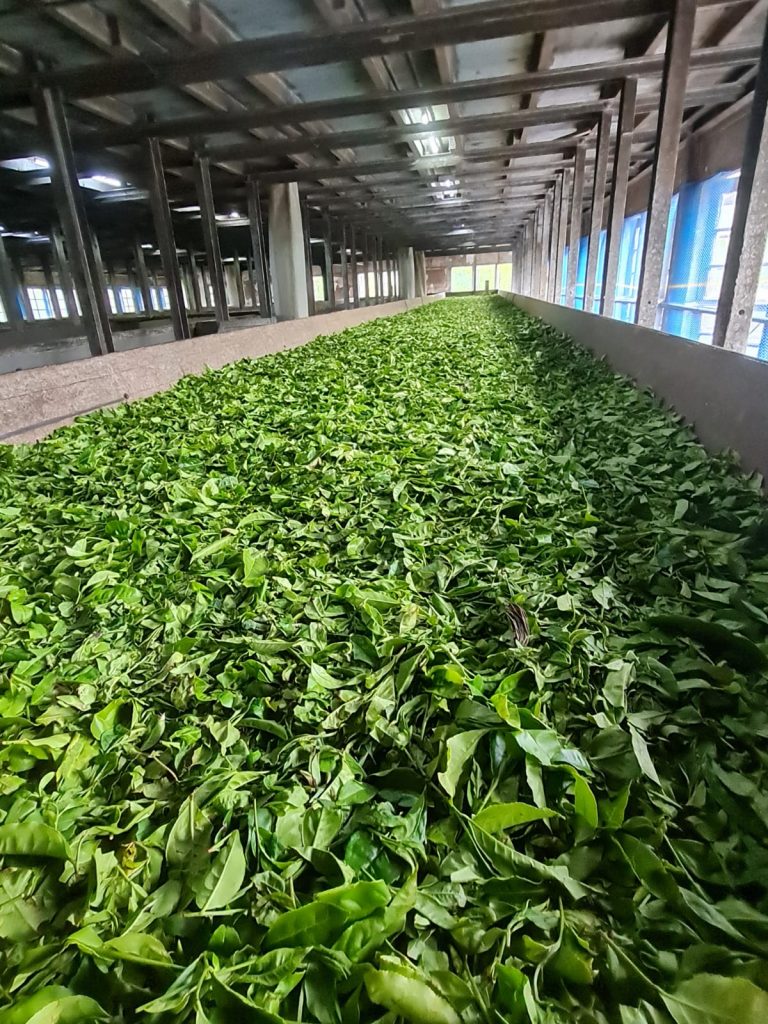
Shennong was the name of a Chinese emperor, who ruled around 2737 BC, known for discovering farming implements and various herbal cures. He liked to boil the water before drinking for health benefits. Legend has it that a leaf fell accidentally into the boiling water, but was not noticed by his servants. On drinking that water, Shennong noticed the change in taste and started experimenting with it only to discover its health benefits. He soon ensured the spread of the tea leaves cultivation and harvesting for the benefit of his people. The rest, as they say, is history. Not that this legend is universally accepted by people in North and North East India or several other Asian countries like Vietnam and Japan who all claim to have been cultivating and drinking tea for centuries.
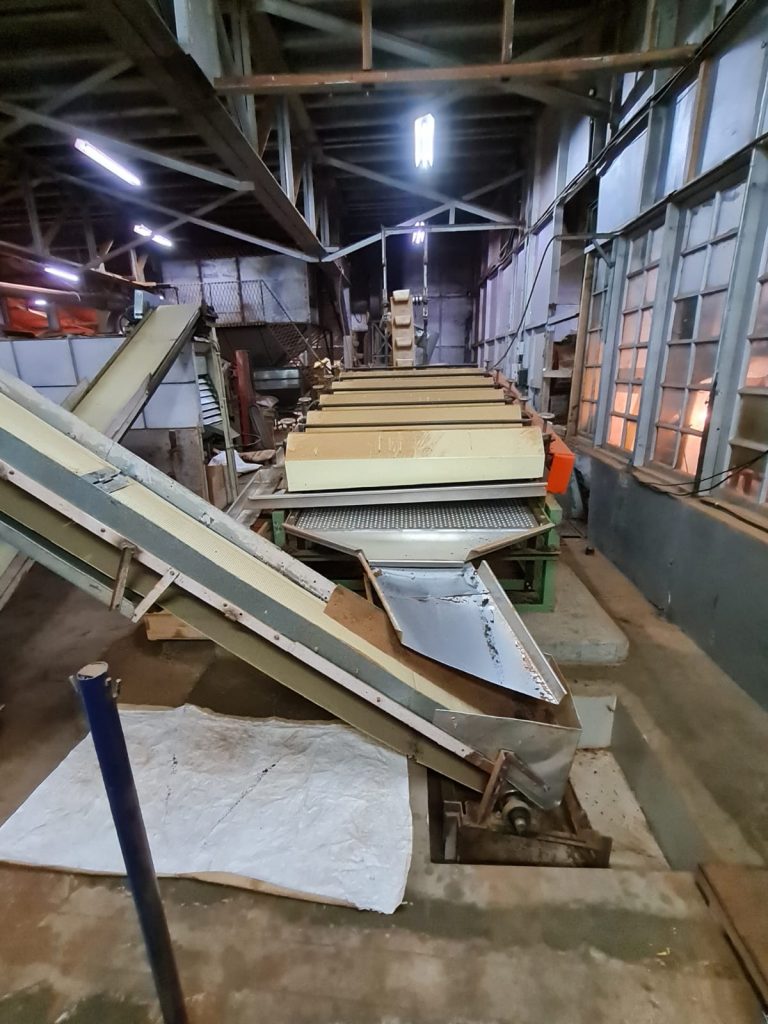
To set at rest the curiosity about the acronyms; OP, BOP, FOP, GFOP, TGFOP, FBOP are various grades of tea. Orange Pekoe, Broken Orange Pekoe, Flowery Orange Pekoe, Golden Flowery Orange Pekoe, Tippy Golden Flowery Orange Pekoe and Flowery Broken Orange Pekoe. There are just samplers from a multitude of other permutations and combinations depending on unique characteristics; getting into them will only add to the bewilderment. Similarly, Pu’er, Oolong, Rooibos, Sancha, Sencha and others are variants from different parts of the world. To pique interest, matcha is a powdered green tea made popular by Japan. Some of you may have imbibed it.
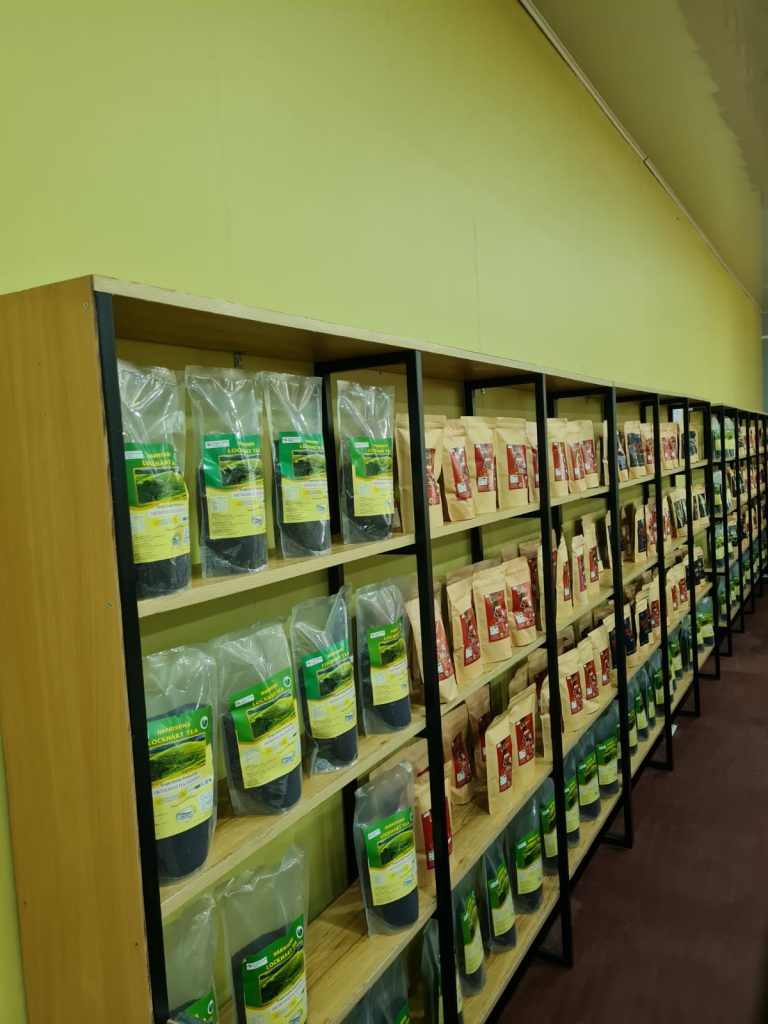
Another interesting fact is that ‘Orange’ in the grades has nothing to do with the Orange fruit or its flavour. It just refers to the Dutch Royal House of Orange – Nassau, who got tea into Europe and popularised it about three centuries ago. The Orange prefix has stuck on in tea grading since then, more as an honorific. Pekoe has its etymology from the Chinese word pek-ho which means white-down or white-downy hair on the young and small tea plants.
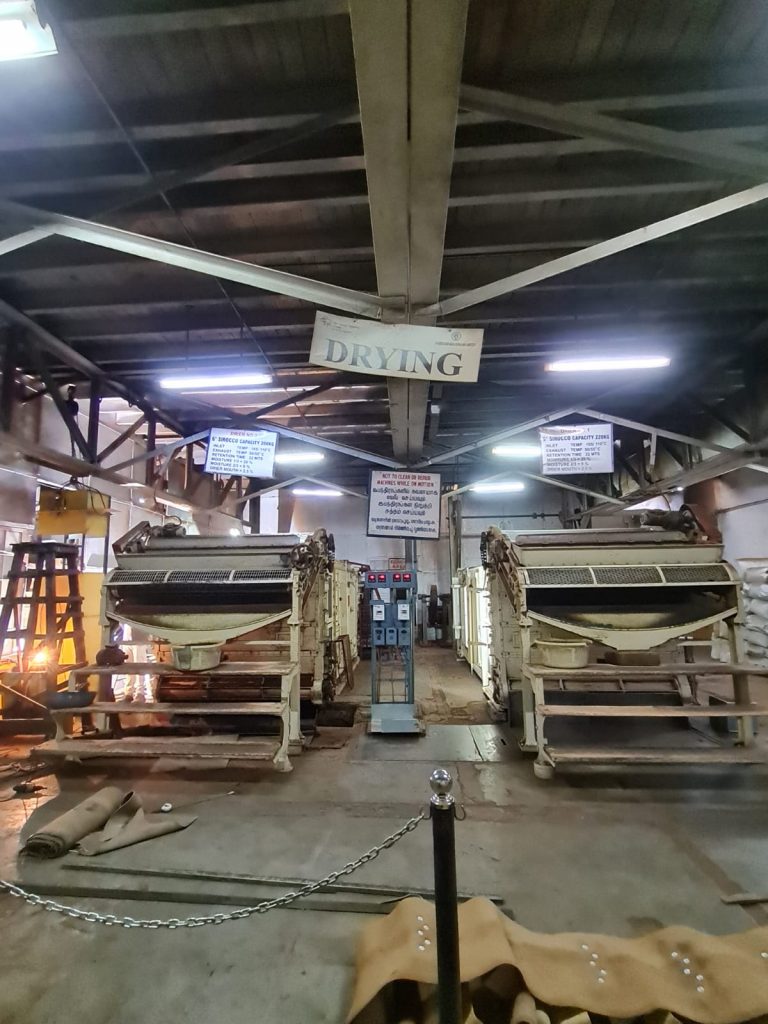
The tea unravel does not end here, there is more interesting stuff to follow. There is orthodox tea and there is CTC tea. There is fanning tea and there is tea dust. Orthodox tea means the conventional way of producing tea using age old method of plucking, withering, rolling, oxidisation/fermentation and drying of tea leaves. CTC is an acronym for Crush or Cut, Tear and Curl. In the CTC method, the tea leaves are passed through cylindrical rollers with serrated blades that crush/cut, tear and curl the tea into small pellets that we see in the packets of tea that we get home. It is fairly obvious that the orthodox method requires human intervention and the focus is on preserving the characteristics of tea through fermentation. CTC, on the other hand, is a mechanised process for faster and increased production. Fanning tea and dust tea are the lowest grades of teas after the prime ones are extracted at each of the earlier stages of production.
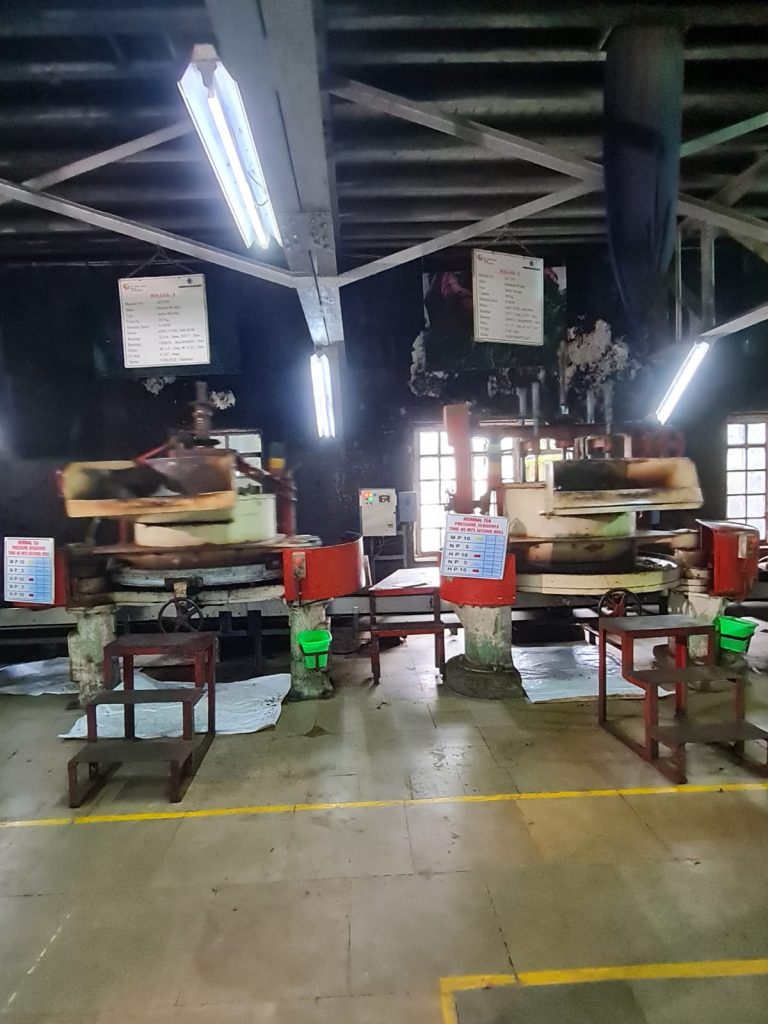
Black tea, white tea, green tea, oolong tea and several other varieties are all extracted out of the same tea plants with various levels of fermentation and drying and from different parts of the tea plant. So are Jasmine tea, Rose tea, Mint tea etc., variants which are blended with oils of these flowers to romanticise tea consumption. White tea is the most expensive since it contains essentially the bud surrounded by two hairy leaves right at the top of the plant. White tea is generally produced by the orthodox method given the need to pluck the bud.
While China, India, Kenya, Sri Lanka, Turkey, Indonesia, Vietnam and Japan are top producers of tea, the top 5 countries with the highest per capita consumption are Turkey, Ireland, UK, Iran and Russia. Surprisingly, at last count, China figured at 20 and India at 28; of course, it’s because of the humungous population of these two leading producers of tea. Overall, 65% of people in India consume tea daily.
Masala chai or cutting chai is a speciality in India, brewed as it is with creamy milk and sugar. While we are used to having it this way, we will be surprised to know that tea is supposed to be had without milk or sugar to retain the medicinal attributes of anti-oxidants, flavonoids, caffeine etc. in tea. Milk tea is fattening and unhealthy and no less with added sugar. Blame it on the British (who else?). They could not handle the strong natural taste and aroma of tea and hence introduced the practice of infusing milk and sugar to tea when they started imbibing it in the 18th century in all its imperial and ritualistic regalia of ‘high tea’ in ‘china’ware. And it has been the practice in India too since then, as the Jewel in the Colonial Crown. Japan has its famed tea rituals as well, as a part of its cultural milieu.
Talking of the British, few would know of the Great British Tea Heist. The tea loving colonist did not want to depend on China for its tea supply and also had the urge for supremacy on the world trade front. So they sent a Scottish botanist, Robert Fortune, to China on a mission to steal the tea and tea making process and transfer and transplant knowledge to India. You can perhaps call it the first industrial espionage and stealing of intellectual property! The former imperialist, the British, are ‘heist’ notorious indeed.
I often say that there is no better teacher than travel and that wisdom is the result of curiosity, not merely the abundance of education and information. I write this column from the salubrious, but wet and wintery climes of Munnar in God’s own country. Nestled as it is amid verdant peaks, tea and cardamom plantations, it was a delightful and delectable discovery to go on tea factory visits to watch the manufacturing process and tea tasting sessions to partake of the variegated brew. And discover not just the taste of tea, but the marvellous history of tea itself. From the fields to our palates, the humble tea makes for a fascinating journey indeed. It was most gratifying to be welcomed with a glass of hot black tea from the tea estates of the two getaways that I retreated to.
There is a storm in the tea cup, for sure, always on the boil. Yeh sirf ek chai katha nahin, ek prem katha hain. Chai pe charcha, anyone?



